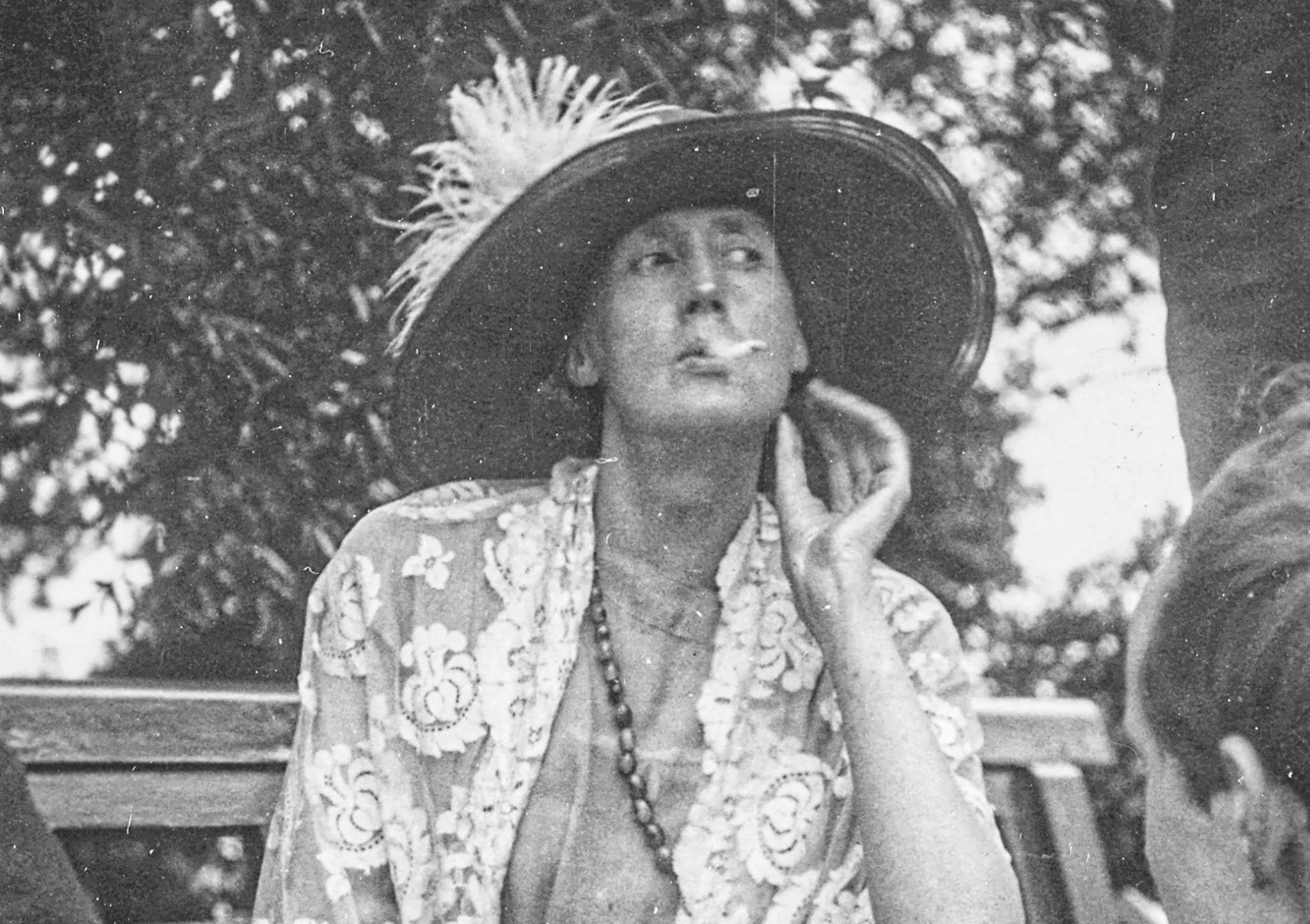The Independent's journalism is supported by our readers. When you purchase through links on our site, we may earn commission.
Loved in triangles, dressed for liberation: The queer fashion secrets of Virginia Woolf and the Bloomsbury Group
The famous literary circle – composed of creatives such as Woolf, her artist sister Vanessa Bell and novelist EM Forster – has taken on a somewhat dowdy image in our cultural conscience, writes Patrick Sproull. But a revealing new book and exhibition unearth deeper meanings to their sartorial choices

When Dorothy Parker described the Bloomsbury Group as having “lived in squares, painted in circles, and loved in triangles”, she didn’t say anything about how they dressed. There’s a good reason for that. When most people think of the Bloomsbury Group, the informal assemblage of artists, poets and writers established in the early 1900s, we think of their art, their cultural clout, their influence, their incestuousness. What they wore has seldom featured prominently in their legacy. The acclaimed fashion journalist Charlie Porter, though, is eager to rectify that with his excellent new book Bring No Clothes: Bloomsbury and the Philosophy of Fashion.
Among the Group’s numbers were Virginia Woolf, her sister Vanessa Bell, author EM Forster as well as economist John Maynard Keynes and the painter Duncan Grant. Their heady existence in the early 1900s is an early example of an enviably cosmopolitan literary social scene that was popularised in the latter half of the century by American writers like Truman Capote and James Baldwin. Their clubhouse was the East Sussex farmhouse, Charleston, and in conjunction with Porter’s book, an exhibition, Bring No Clothes: Bloomsbury and Fashion, opens this month at Charleston’s new gallery in Lewes. The exhibition will draw together original items worn by its members as well as pieces inspired by the Group from contemporary fashion houses, such as Commes des Garcons and Dior.
The more famous members of the group, authors Woolf and Forster, have taken on somewhat dowdy images in our cultural conscience, arising from a presumption that because they were so dexterous with words, they couldn’t have a similar command of their wardrobe. Porter, admittedly, is not out to claim that someone like Virginia Woolf was actually a Coco Chanel-esque style maven. But her clothes shouldn’t be dismissed; instead, they are simply another avenue to explore her well-documented complicated genius.
Subscribe to Independent Premium to bookmark this article
Want to bookmark your favourite articles and stories to read or reference later? Start your Independent Premium subscription today.
Join our commenting forum
Join thought-provoking conversations, follow other Independent readers and see their replies